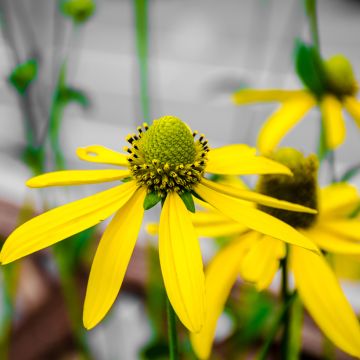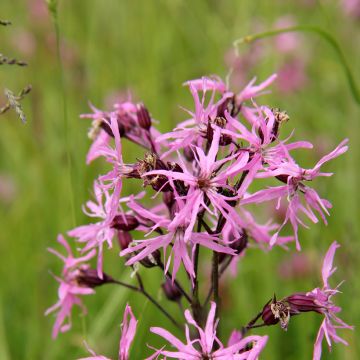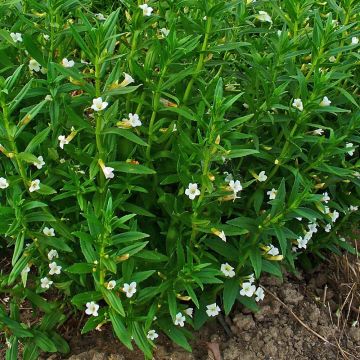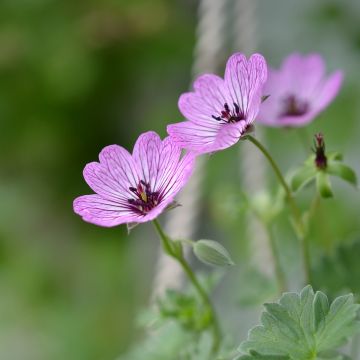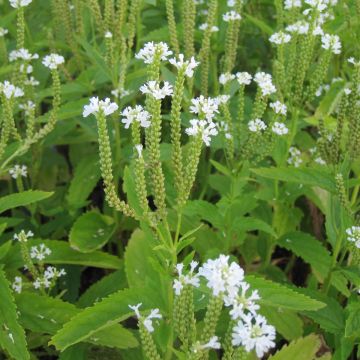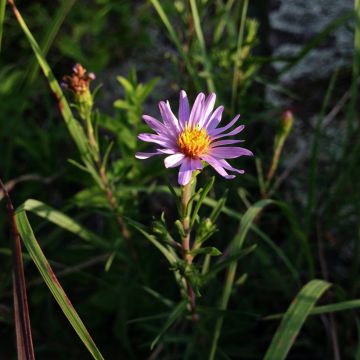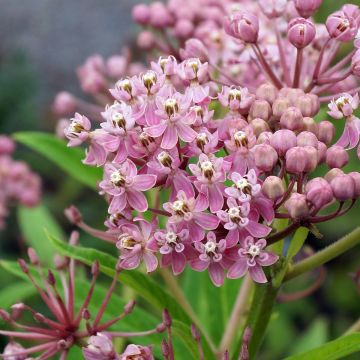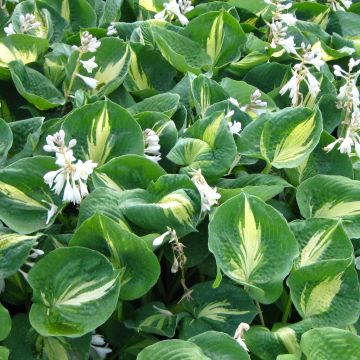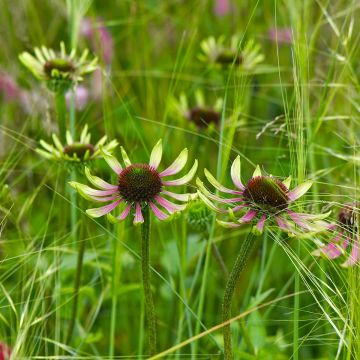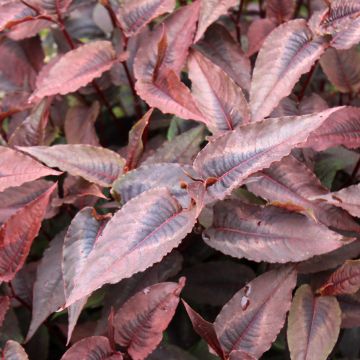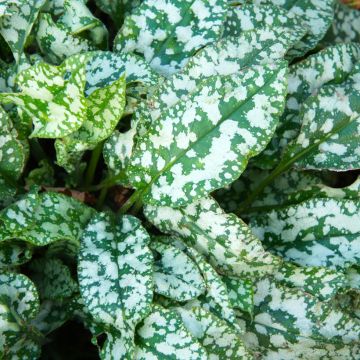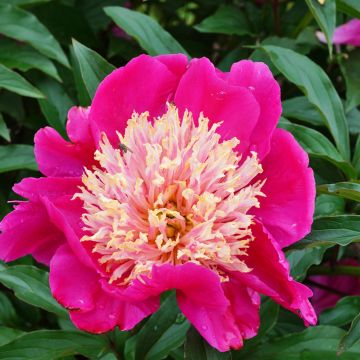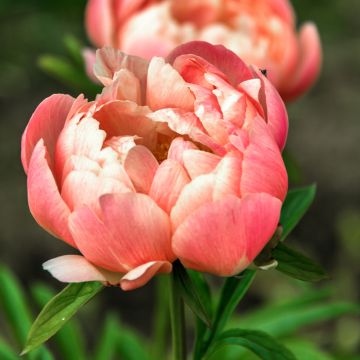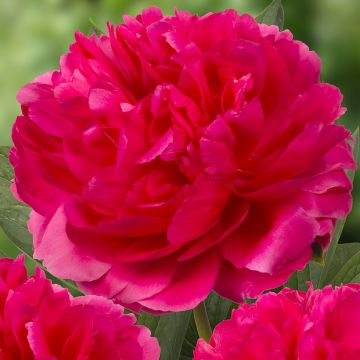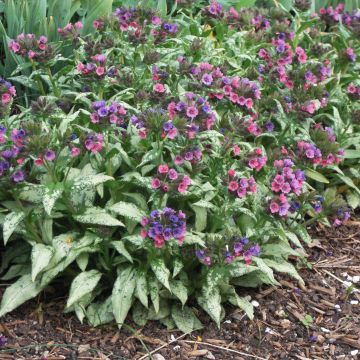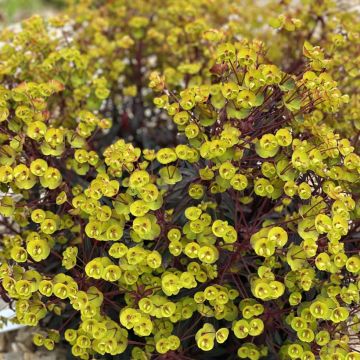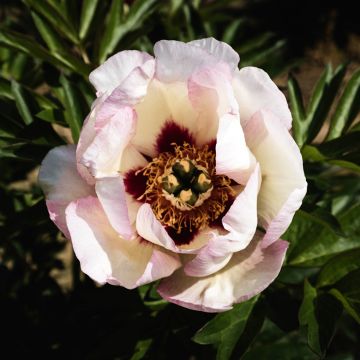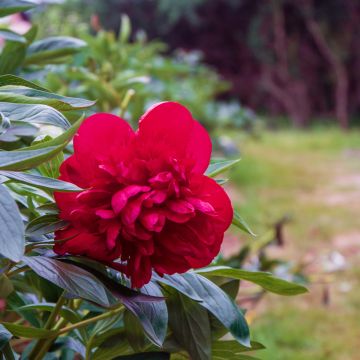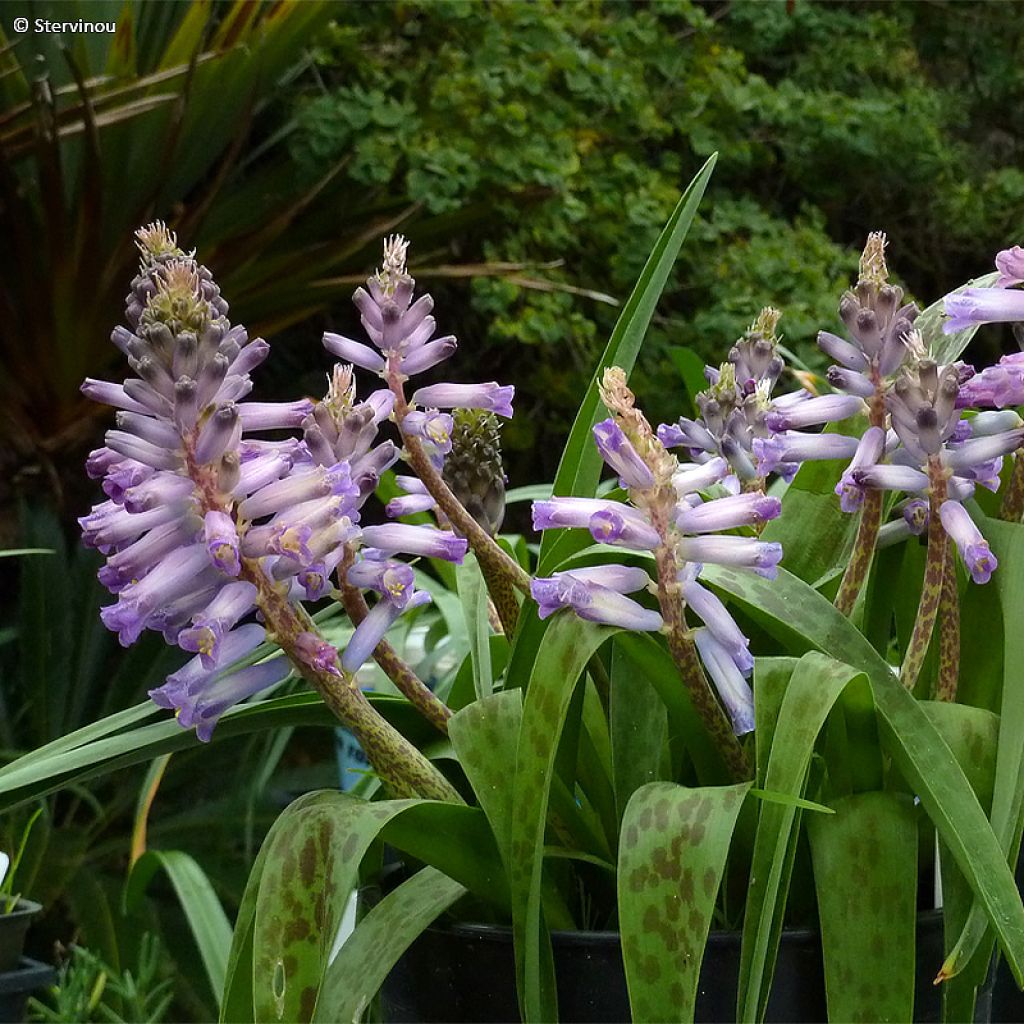

Lachenalia Rupert - Coucou du Cap
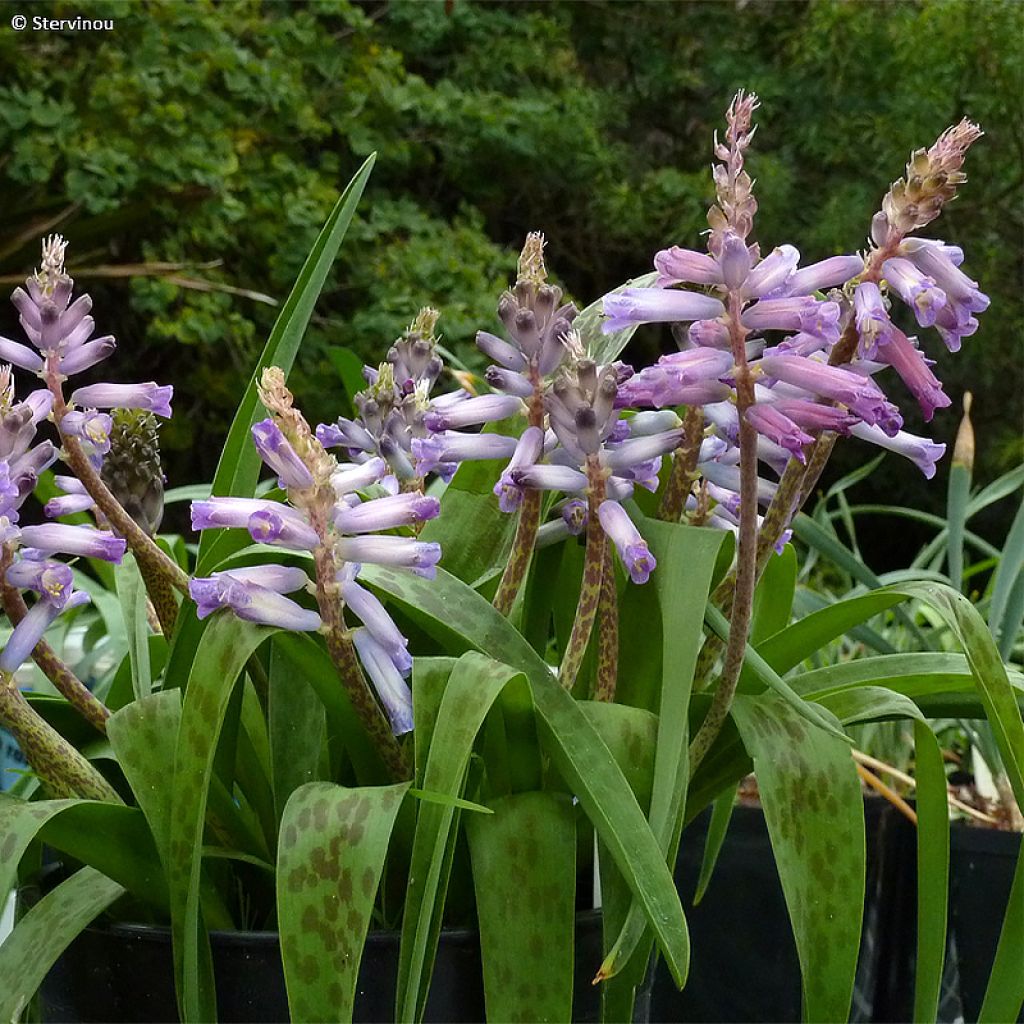

Lachenalia Rupert - Coucou du Cap
Lachenalia aloides African Beauty Rupert
Lachenalia x aloides African Beauty Rupert
Cape Cowslip, Hyacinth Cowslip
This item cannot be shipped to the selected country
Delivery charge from €5.90
More information
Schedule delivery date,
and select date in basket
This plant carries a 12 months recovery warranty
More information
We guarantee the quality of our plants for a full growing cycle, and will replace at our expense any plant that fails to recover under normal climatic and planting conditions.
From €5.90 for pickup delivery and €6.90 for home delivery
Express home delivery from €8.90.
Does this plant fit my garden?
Set up your Plantfit profile →
Description
Lachenalia 'Rupert', commonly referred to as the Cape Cowslip or occasionally the Wild Hyacinth, is part of a group of small South African bulbous perennials which like a typically Mediterranean climate: humid and mild in winter and dry in summer. Plant at the end of winter or the very beginning of spring. Its leaves and flower heads are reminiscent of a hyacinth, but its central stem is pale green, speckled with brown, and its flowers are tubular and translucent and in a pretty range of mauve, pink and pale purple. This bulbous plant does not tolerate frost and requires dry soil in summer. Another problem it encounters in our gardens is competition from neighbouring plants in summer which can cause it to disappear. For all these reasons, pot cultivation is much easier, allowing you to decorate your patio or window sill.
Lachenalias are bulbous perennials, deciduous in the summer, originating from the Cape province and Namaqualand. They are relatives of Scilla, grape hyacinths and hyacinths, belonging to the Asparagaceae family. Long considered rare plants, the different species of Lachenalia were crossbred in the Netherlands a few years ago. A series of hybrids called African Beauty® were created: these are plants more suited to indoor cultivation in our climates, like the 'Rupert' variety. The parent of this cultivar is called Lachenalia aloides.
In flower, Lachenalia Rupert will not exceed 30 cm (11.8 in) in height. The plant first develops long and wide fleshy leaves, of a bright green colour, often maculate with brown. A fleshy stem, of a pale yellow-green colour speckled with light brown, emerges between the leaves. Each stem carries numerous flowers 4 cm (1.6 in) long, slightly pendulous. In Rupert, the mauve to pale pink corollas are tinged with violet pink at their ends. These spikes bloom for about 3 weeks. After flowering, the leaves turn yellow and then dry out, like those of tulips : the plant goes into summer dormancy. It is at this time that it will need to be kept dry.
Lachenalia have very clear cultivation requirements, which will be easier to provide when grown in pots. They are very often displayed in wide pots decorated with moss. One can also try to plant them directly in the ground in Mediterranean coastal gardens away from frost, in a sheltered location, ensuring they are protected from neighbouring plants. They are also lovely plants for a lightly heated conservatory, capable of flowering in winter provided they have been kept dry beforehand for two months. For an even more decorative effect, it is interesting to group several plants in a planter.
Report an error about the product description
Flowering
Foliage
Plant habit
Botanical data
Lachenalia
x aloides
African Beauty Rupert
Asparagaceae (Liliaceae)
Cape Cowslip, Hyacinth Cowslip
South Africa
Other Perennials A to Z
Planting and care
Preferably cultivate Lachenalia in pots, or in a well-sheltered spot in the garden, in a very mild Mediterranean climate (very well-drained and sunny slope, no frost in winter). The Rupert variety does not tolerate frost, but it is well suited to being grown in a pot culture.
Place your young plant in a sunny location. The soil should be fairly humid, very well-drained, and remain slightly damp throughout the growing and flowering period. Once the flowers have faded, the leaves begin to yellow: keep the plants dry at this time.
At the end of August, repot Lachenalia Rupert in the following mixture: 1/4 garden soil, 1/4 sand, 1/4 compost with bark or coconut fibre, 1/4 organic compost or organic fertiliser. Provide good drainage at the bottom of the pot, in the form of a thick layer of clay balls or pottery shards (1/5 of the pot height). The bulbs should be planted spacing them 2 to 3 cm (0.8 to 1.2 in) apart, at a depth of 1.5 cm (0.6 in) to 2 cm (0.8 in).
You can also cultivate Lachenalia in a frost-free conservatory, where it can flower during the winter provided you have previously kept your potted plant dry for 2 months. As soon as the buds appear on the surface of the soil, place your potted plant in a warmer room and start watering again, with a fertiliser for flower bulbs.
Planting period
Intended location
Care
This item has not been reviewed yet - be the first to leave a review about it.
Spring flowering perennials
Haven't found what you were looking for?
Hardiness is the lowest winter temperature a plant can endure without suffering serious damage or even dying. However, hardiness is affected by location (a sheltered area, such as a patio), protection (winter cover) and soil type (hardiness is improved by well-drained soil).

Photo Sharing Terms & Conditions
In order to encourage gardeners to interact and share their experiences, Promesse de fleurs offers various media enabling content to be uploaded onto its Site - in particular via the ‘Photo sharing’ module.
The User agrees to refrain from:
- Posting any content that is illegal, prejudicial, insulting, racist, inciteful to hatred, revisionist, contrary to public decency, that infringes on privacy or on the privacy rights of third parties, in particular the publicity rights of persons and goods, intellectual property rights, or the right to privacy.
- Submitting content on behalf of a third party;
- Impersonate the identity of a third party and/or publish any personal information about a third party;
In general, the User undertakes to refrain from any unethical behaviour.
All Content (in particular text, comments, files, images, photos, videos, creative works, etc.), which may be subject to property or intellectual property rights, image or other private rights, shall remain the property of the User, subject to the limited rights granted by the terms of the licence granted by Promesse de fleurs as stated below. Users are at liberty to publish or not to publish such Content on the Site, notably via the ‘Photo Sharing’ facility, and accept that this Content shall be made public and freely accessible, notably on the Internet.
Users further acknowledge, undertake to have ,and guarantee that they hold all necessary rights and permissions to publish such material on the Site, in particular with regard to the legislation in force pertaining to any privacy, property, intellectual property, image, or contractual rights, or rights of any other nature. By publishing such Content on the Site, Users acknowledge accepting full liability as publishers of the Content within the meaning of the law, and grant Promesse de fleurs, free of charge, an inclusive, worldwide licence for the said Content for the entire duration of its publication, including all reproduction, representation, up/downloading, displaying, performing, transmission, and storage rights.
Users also grant permission for their name to be linked to the Content and accept that this link may not always be made available.
By engaging in posting material, Users consent to their Content becoming automatically accessible on the Internet, in particular on other sites and/or blogs and/or web pages of the Promesse de fleurs site, including in particular social pages and the Promesse de fleurs catalogue.
Users may secure the removal of entrusted content free of charge by issuing a simple request via our contact form.
The flowering period indicated on our website applies to countries and regions located in USDA zone 8 (France, the United Kingdom, Ireland, the Netherlands, etc.)
It will vary according to where you live:
- In zones 9 to 10 (Italy, Spain, Greece, etc.), flowering will occur about 2 to 4 weeks earlier.
- In zones 6 to 7 (Germany, Poland, Slovenia, and lower mountainous regions), flowering will be delayed by 2 to 3 weeks.
- In zone 5 (Central Europe, Scandinavia), blooming will be delayed by 3 to 5 weeks.
In temperate climates, pruning of spring-flowering shrubs (forsythia, spireas, etc.) should be done just after flowering.
Pruning of summer-flowering shrubs (Indian Lilac, Perovskia, etc.) can be done in winter or spring.
In cold regions as well as with frost-sensitive plants, avoid pruning too early when severe frosts may still occur.
The planting period indicated on our website applies to countries and regions located in USDA zone 8 (France, United Kingdom, Ireland, Netherlands).
It will vary according to where you live:
- In Mediterranean zones (Marseille, Madrid, Milan, etc.), autumn and winter are the best planting periods.
- In continental zones (Strasbourg, Munich, Vienna, etc.), delay planting by 2 to 3 weeks in spring and bring it forward by 2 to 4 weeks in autumn.
- In mountainous regions (the Alps, Pyrenees, Carpathians, etc.), it is best to plant in late spring (May-June) or late summer (August-September).
The harvesting period indicated on our website applies to countries and regions in USDA zone 8 (France, England, Ireland, the Netherlands).
In colder areas (Scandinavia, Poland, Austria...) fruit and vegetable harvests are likely to be delayed by 3-4 weeks.
In warmer areas (Italy, Spain, Greece, etc.), harvesting will probably take place earlier, depending on weather conditions.
The sowing periods indicated on our website apply to countries and regions within USDA Zone 8 (France, UK, Ireland, Netherlands).
In colder areas (Scandinavia, Poland, Austria...), delay any outdoor sowing by 3-4 weeks, or sow under glass.
In warmer climes (Italy, Spain, Greece, etc.), bring outdoor sowing forward by a few weeks.

































